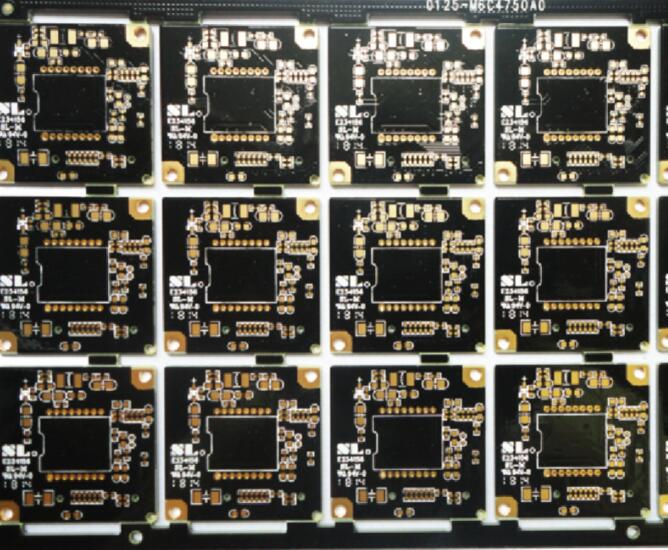The PCB factory explains how to disassemble smt components
As a professional smt factory, smt patch components need to be disassembled frequently in the process of smt patch processing; in fact, it is not easy to disassemble smt patch components. It requires constant practice to master it, otherwise, it is easy to damage smd components if it is forcibly disassembled. The editor of smt factory introduces how to disassemble smt patch components, which can be roughly divided into three situations to describe:
1. For components with few smd components, such as resistors, capacitors, diodes, transistors, etc., first plate tin on one of the pads on the PCB board, and then use tweezers to hold the component to the mounting position and hold it against the circuit board with your left hand. Use a soldering iron to solder the pins on the tin-plated pad with your right hand. The left-hand tweezers can be loosened, and solder the remaining feet with tin wire instead. If you want to disassemble this kind of component, it is easy, just use a soldering iron to heat both ends of the component at the same time, and then gently lift the component after the tin is melted.

2. For components with more pins for smt chip processing, and chip components with wider spacing, a similar method is used. First, tin plate on one pad, and then use tweezers to clamp the component with the left hand to solder one foot OK, then use tin wire to solder the remaining feet. The disassembly of this type of component is generally better with a hot air gun. One hand holds the hot air gun to blow the solder, and the other hand uses tweezers and other fixtures to remove the component while the solder is melting.
3. For components with higher pin density, the soldering steps are similar, that is, solder one pin first, and then solder the remaining pins with tin wire. The number of pins is relatively large and dense, and the alignment of the pins and the pads is the key. Usually choose the soldering pads on the corners with only a little tin plated. Use tweezers or hands to align the components with the soldering pads, align the edges with pins, press the components on the PCB with a little force, and solder them with a soldering iron. The corresponding pins of the disk are soldered well. Do not shake the circuit board vigorously, but gently rotate it, and solder the pins on the remaining corners first. After the four corners are soldered, the component will basically not move, solder the remaining pins one by one. When soldering, apply some pine perfume first, with a small amount of tin on the head of the soldering iron, and solder one pin at a time.
Finally, it is recommended that the disassembly of high-pin-density components mainly use a hot air gun, clamp the components with tweezers, blow all the pins back and forth with the hot air gun, and lift the components when they are all melted. If there are more components to be removed, try not to face the center of the PCB component when blowing, and the time should be as short as possible. After the components are removed, use a soldering iron to clean the pads.
To sum up, this is the desoldering technique of smt patch processing explained by the smt factory. Are you full of gains? If you have PCB patch processing needs, contact the smt factory to continuously improve the quality and ensure to provide customers with high-quality smt patch processing services.